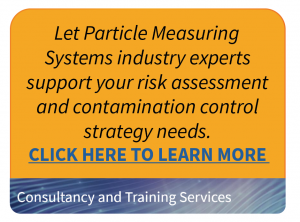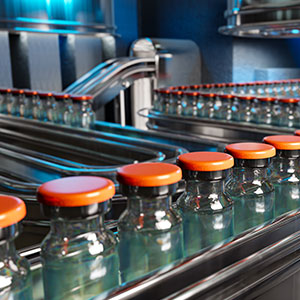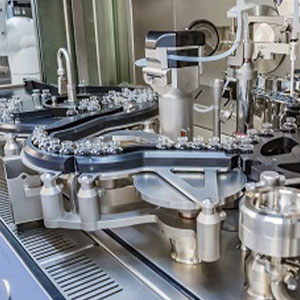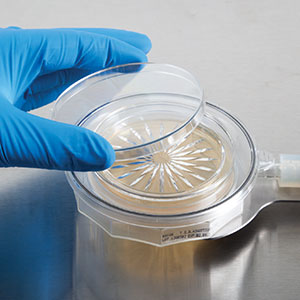Microbiological Air Monitoring is a critical part of a contamination control strategy. But understanding and identifying the best solution for your application can be difficult. This paper provides the basic information to get you started.
Contamination is monitored continuously with the latest in cleanroom technologies. However, traditional growth-based solutions, limited to 4-hour sampling periods, are still the most common method used for microbial monitoring. To provide evidence that a continuous sampling of cleanroom air is performed, pharmaceutical manufacturers widely use settle plates even if scientific and regulatory experts agree that they are a non-quantitative and non-validatable method. Compare this to active microbial air samplers, validated to run for a prolonged period in continuous mode to sample one cubic meter of air to better understand Microbiological Air Monitoring solutions.
Topics
- Method Efficiency
- The Importance of Design
- Comparing Microbiological Air Monitoring Methods
- Microbiological Air Monitoring in Different Cleanroom Areas
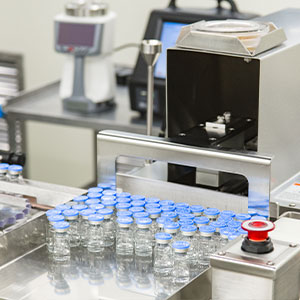
Method Efficiency
ISO 14698:2003‘s Annex B describes a technique for determining the collection efficiency of microbial air samplers, broken into two separate types:
Physical efficiency is the ability of the sample to collect various sizes of particles.
Biological efficiency is the efficiency of the sample in collecting microbe-carrying particles.
Physical efficiency is the same for inanimate particles, particles carrying a microorganism or particles that are microorganisms. Biological efficiency is expected to be lower than physical efficiency because it depends on the survival of the collected microorganisms and the growth medium. Annex B is mainly concerned with physical efficiency.
In a 2005 publication, a highly accredited author concluded settle plates were a “fundamental method of measuring the number of microbe-carrying particles that will deposit onto a given area in a given time. There is therefore no need to determine its collection efficiency”. In 2016, the European Journal of Parenteral & Pharmaceutical Science in partnership with Whyte and T. Eaton reassessed and suggested improvements to EU cGMP’s Annex 1, specifically for how airborne concentration and settle plate counts of MCPs contribute to the grade of a pharmaceutical cleanroom. Using more accurate deposition velocities, the EU cGMP maximum concentrations can be revised to provide more accurate settle plate counts.
….
Learn more… Complete the form to download the full paper.
